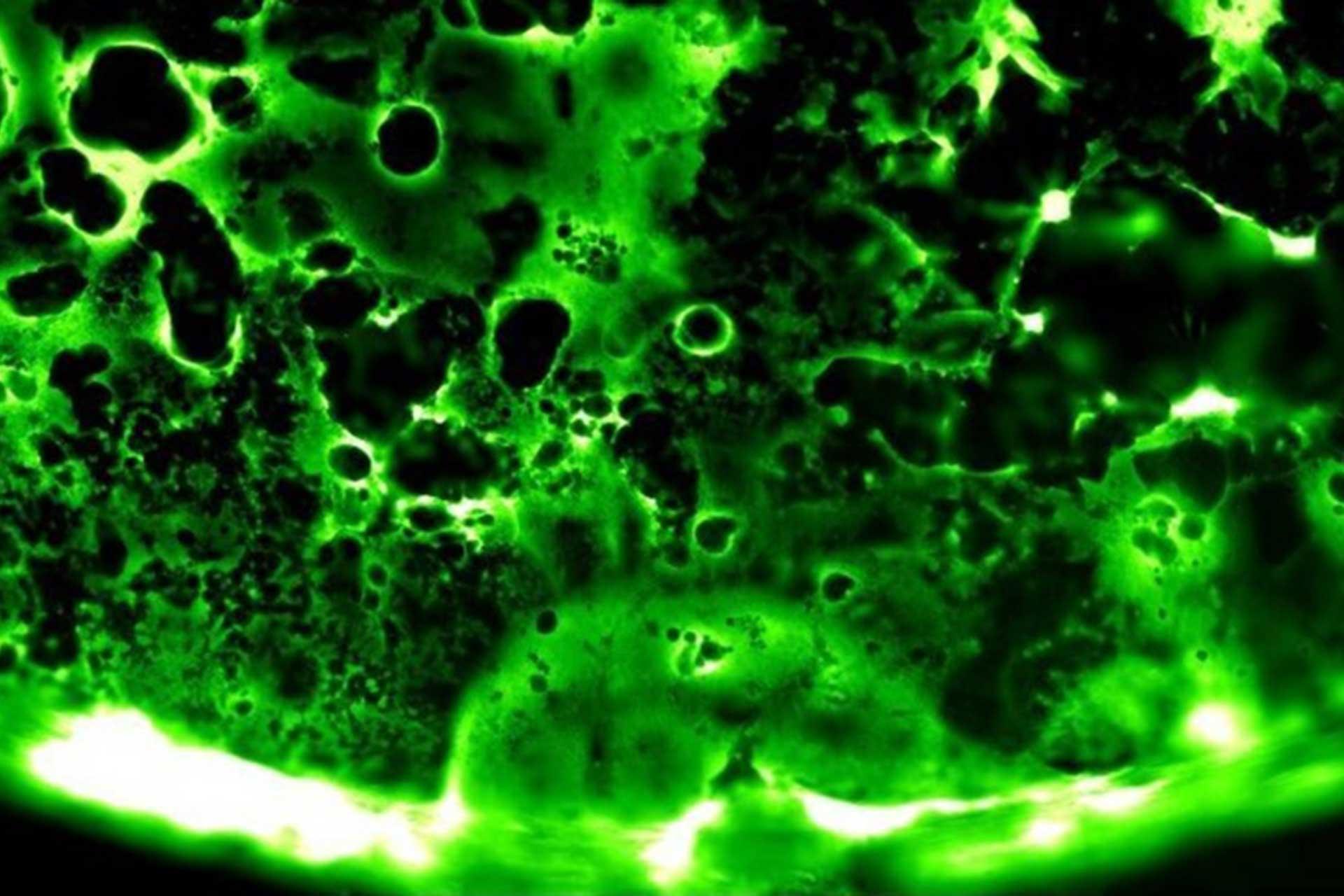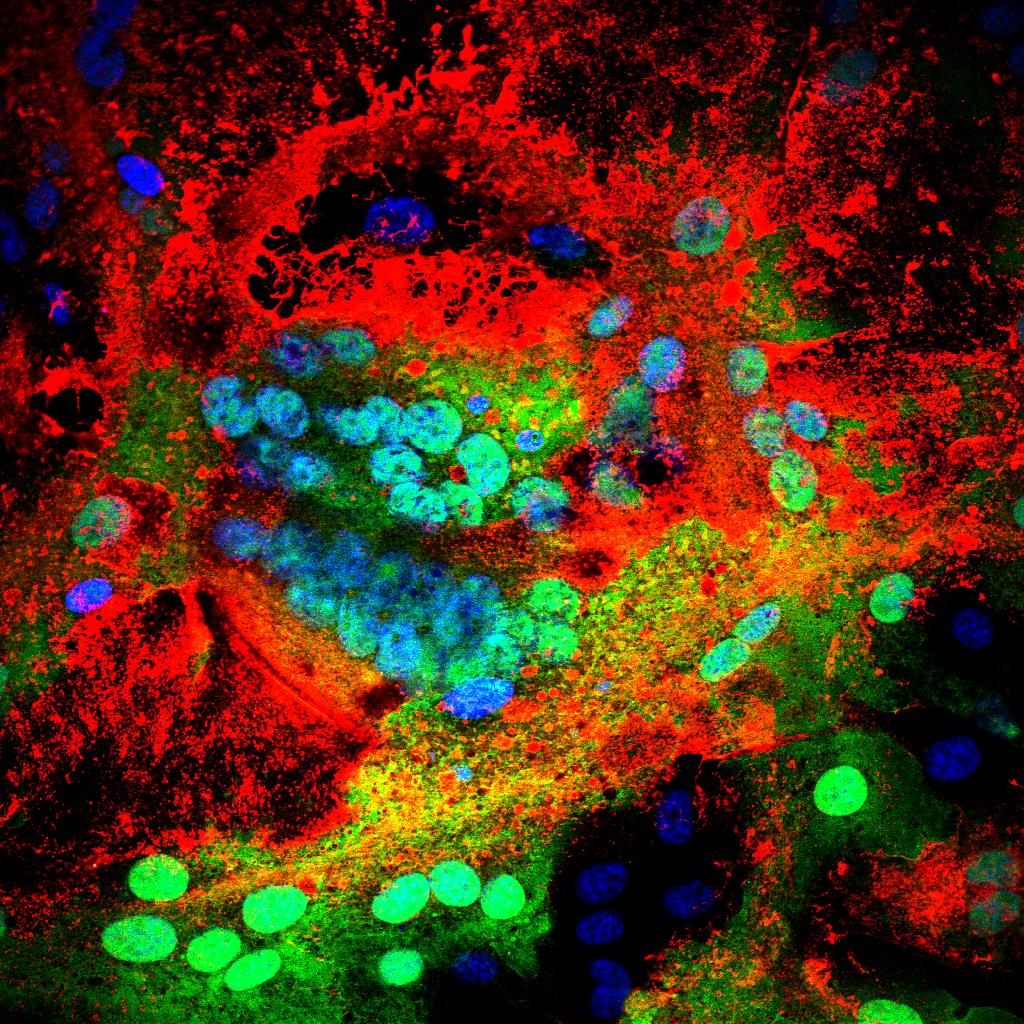Structure-guided identification of a non-human morbillivirus with zoonotic potential
Morbilliviruses infect a broad range of mammalian hosts including ruminants, carnivores and humans. The recent eradication of rinderpest virus (RPV), as well as active campaigns for the human-specific measles virus (MeV), have raised significant concerns that the remaining morbilliviruses may emerge in so-called vacated ecological niches. Seeking to assess the zoonotic-potential of non-human morbilliviruses within human populations we identified that peste des petits ruminants virus (PPRV) - the small ruminant morbillivirus - is restricted at the point of entry into human cells due to deficient interactions with human SLAMF1 - the immune cell receptor for morbilliviruses. Using a structure-guided approach, we characterised a single amino acid change, mapping to the receptor-binding domain in the PPRV Haemagglutinin (H) protein, which overcomes this restriction. The same mutation allowed escape from some cross-protective, human-patient, anti-MeV antibodies, raising concerns that PPRV is a pathogen with zoonotic potential. Analysis of natural variation within human and ovine SLAMF1 also identified polymorphisms that could correlate with disease resistance. Finally, the mechanistic nature of the PPRV restriction was also investigated, identifying charge incompatibility and steric hindrance between PPRV H and human SLAMF1 proteins. Importantly, this research was performed entirely using surrogate virus entry assays, negating the requirement for in situ derivation of a human-tropic PPRV and illustrating alternative strategies for identifying gain-of-function mutations in viral pathogens.ImportanceA significant proportion of viral pandemics occur following zoonotic transmission events, where animal-associated viruses jump species into human populations. In order to forewarn against the emergence of these viruses it is necessary to develop a better understanding of what determines virus host-range, often at the genetic and structural level. In this research paper, we demonstrate that the small ruminant morbillivirus, a close relative of measles, is unable to use human receptors to enter cells; however, a change of a single amino acid in the virus is sufficient to overcome this restriction. This information will be important for monitoring this virus's evolution in the field. Of note, this study was undertaken in vitro, without generation of a fully infectious virus with this phenotype.

